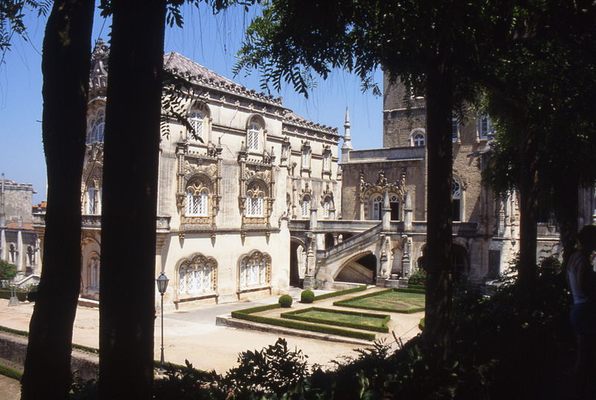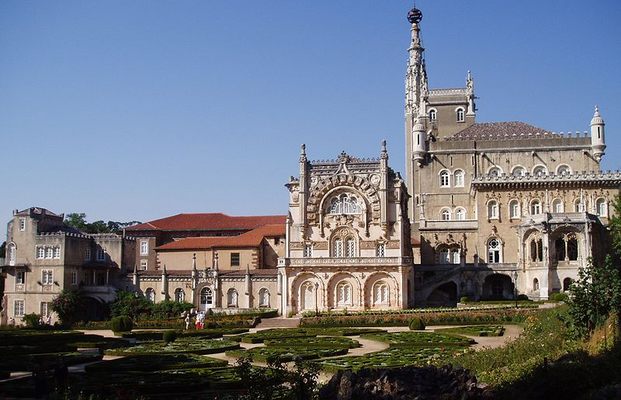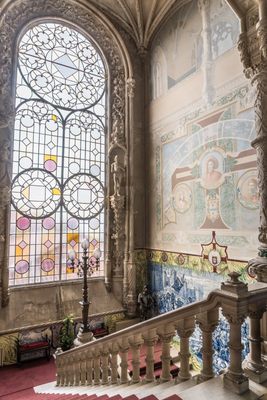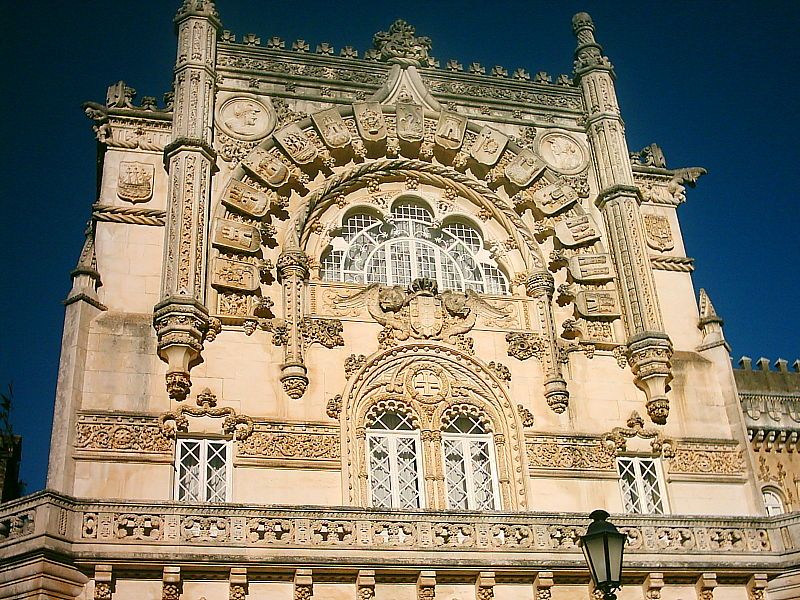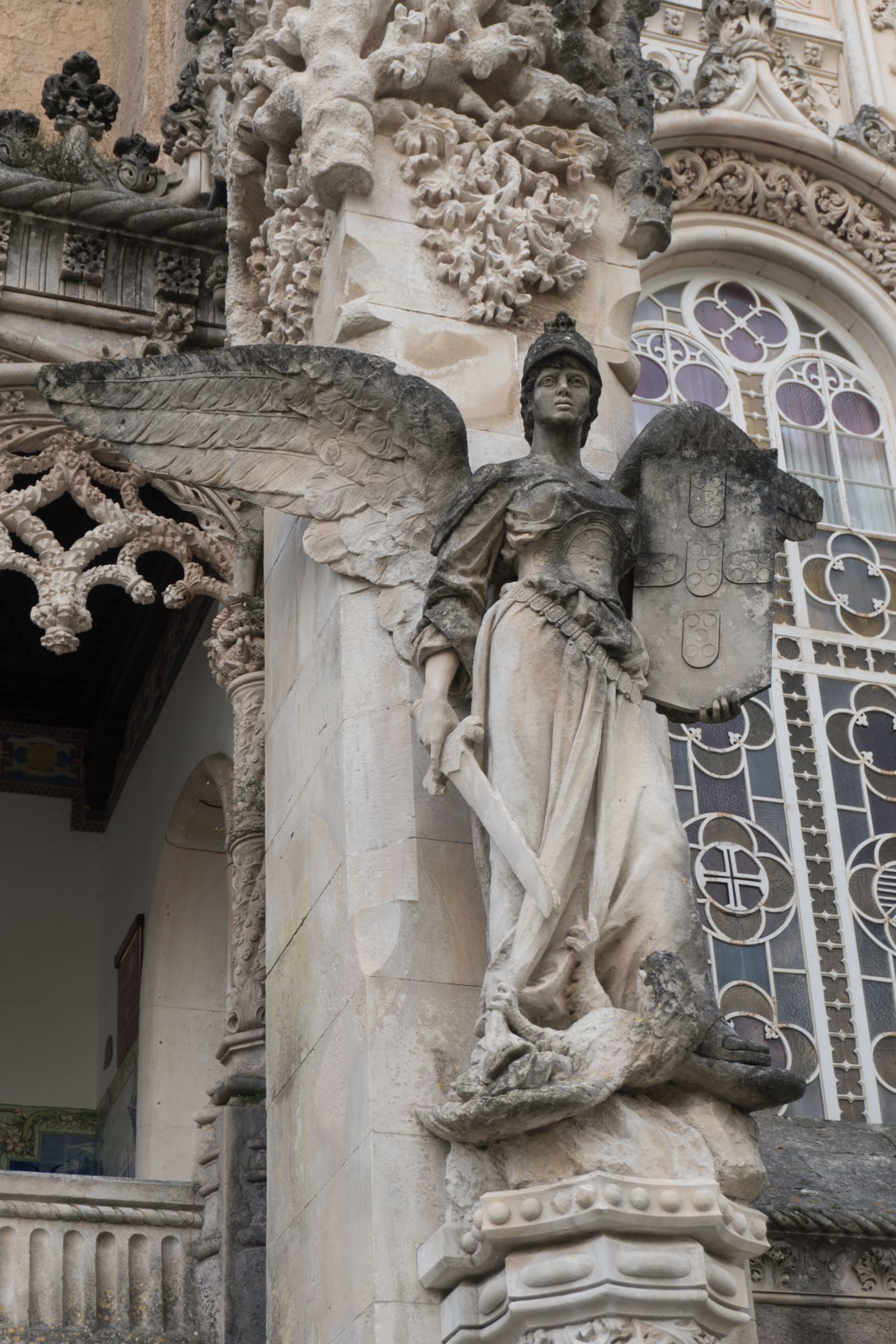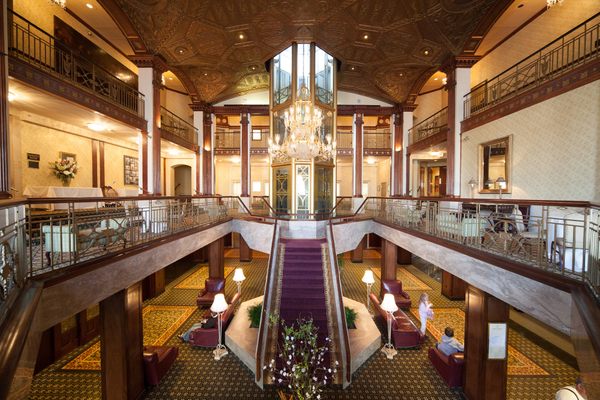About
Constructed high on a hill in the heavily forested Bussaco National Park, the Palace Hotel of Bussaco regularly ranks among the world’s most beautiful hotels, mainly for its otherworldly emergence out of nowhere.
When the Discalced Carmelites built their convent in the middle of forest in the 17th century, they had no way of knowing the international acclaim that would fall upon their land hundreds of years later. Following the dissolution and subsequent abandonment of all their monasteries throughout Portugal in 1834, King Luis I saw an opportunity.
Rather than leave the cleared land and its monumental gardens to fall into ruin, Portugal's king hired Italian architect Luigi Manini and his successors Nicola Bigaglia, José Alexandre Soares and Manuel Joaquim Norte Júnior to design a country residence for his beloved wife, Queen Maria Pia.
From 1888 to 1907, artisans throughout the region contributed their skills toward what would become known as one of the most majestic respites in the world. Though changing political climates may have altered the Bussaco's destiny from palace to that of hotel, the opulence of the interior reveals the hotel’s royal intent, including its 64 bedrooms, azulejo tiles depicting famous scenes from Portuguese history and literature, and incredible rib-vaulted ceilings.
King Luis’ conceptual inspiration for building a non-functioning castle in the woods (thanks to its lack of embattlements and asymmetrical layout) draws heavily on the stylistic influences of ornamental manses popular in the day, such as those of notorious castle-builder Ludwig II of Bavaria. Architecturally, Bussaco’s Neo-Manueline façade of portals and stucco work echoes that of other iconic Portuguese structures of the Manueline style, including the Belém Tower and Jerónimos Monastery.
In the end, the young king’s vision of a romantic getaway in the woods was fulfilled to a “t,” though its current incarnation as a hotel thankfully has the effect of making his dreams come true for the rest of us, too.
Related Tags
Portugal: A Culinary Adventure from Porto to Lisbon
Explore Portugal through food, from the cities to the seaside.
Book NowCommunity Contributors
Added By
Published
June 10, 2014
